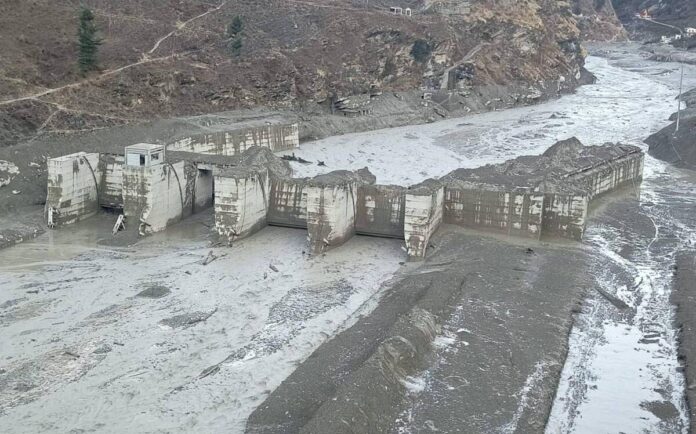- Those who have had the fortune of visiting the Garhwal region of Uttarakhand’s Himalayan ranges dotting the skyline spectacularly with snow-capped mountains would never stop from passionately describing the breathtaking beauty in vivid details. Mother nature’s splendor and immortally alluring mountainous spread cannot be described in mere words but deserves to be experienced to truly soak in the atmosphere. I have had the privilege of visiting these out-of-the-world snow peaks resplendent with natural beauty a few times and every time the allure to visit again would never fade. Ask millions who would have visited these places for asserting the same.

PC: Samhati
- The population grew, modern technology-oriented developments, innovations, inventions, and indeterminate necessities grew, need for expansion to cater amenities for the populace was a natural corollary compelling the authorities to plan accordingly. Once pristine region slowly started resembling what is witnessed inevitably elsewhere i.e. concrete jungle mushrooming under the guise of development to meet growing requirements. The Himalayan ranges are extremely sensitive ecologically and the unscientific infrastructural push was bound to create an imbalance in the absence of rigorous enough local research to proceed with constructions.
- What transpired on Sunday in Uttarakhand’s Chamoli district where massive flooding swept away the entire Rishiganga hydropower project alongside a significant chunk of the Tapovan project amply demonstrates why humankind cannot ignore nor take the Himalayas for granted even if it helps the larger population. It is heart-wrenching to note that at least 150 people were reported missing and many are trapped under the silt accumulated in a tunnel. Though the authorities concerned have mounted massive search and rescue operations involving more than 500 personnel from disaster relief forces and local forces, experts are still not clear as to what exactly triggered the staggering surge of water.

PC: aninews
- The Kedarnath tragedy in 2013 is still fresh in the memories of the countrymen which should have acted as a wake-up call. Nothing much seems to have been learned since the mentioned disaster as instead of mitigating the climate challenge, any ill-conceived projects could end up multiplying the risks, especially all those living downstream of the Himalayan rivers is proved right again. The latest tragedy amplifies the gross indiscretion despite warning signs sent out by the fragile ecosystem. It is ironical to note that Chamoli village Raini that bore the brunt of Sunday’s maelstrom was also the cradle of the Chipko movement in the 1970s spearheaded by the redoubtable Sunderlal Bahuguna.
- If unchecked construction of the riverbed caused the Chorabari glacier to burst in 2013, it is still not clear what prompted the Nanda Devi glacier to spew venom on the unsuspecting people leading to the tragedy. It is being alleged that explosives and blasting the mountains were undertaken despite recommendations following the Kedarnath mishap cautioning to exercise discretion vis-à-vis deforestation/tunneling/blasting in zones in the higher Himalayan region identified as naturally unstable. The need of the hour is to strike balance between environmental concerns and economic goods in pursuit of meeting growing requirements.
- Thus, it is incumbent on the part of authorities to heed to expert knowledge of scientists whilst shaping policy decisions rather than acceding to contractors, builders, and a dubiously interested cartel. Development is unavoidable but not at the cost of drowning cities, drying rivers as everything is interconnected in the ecological system. The balancing act is the keyword here.






